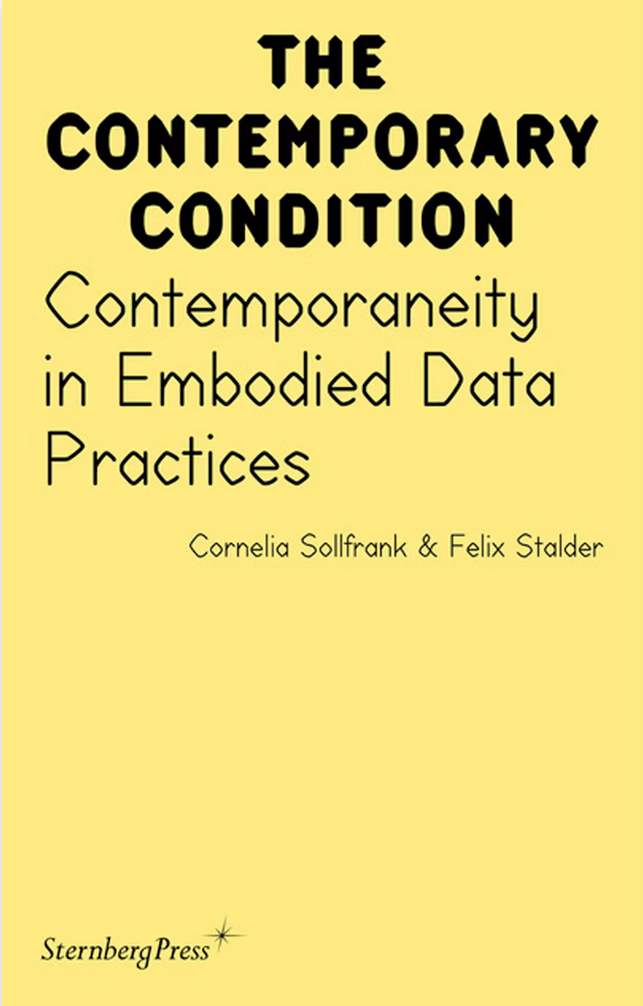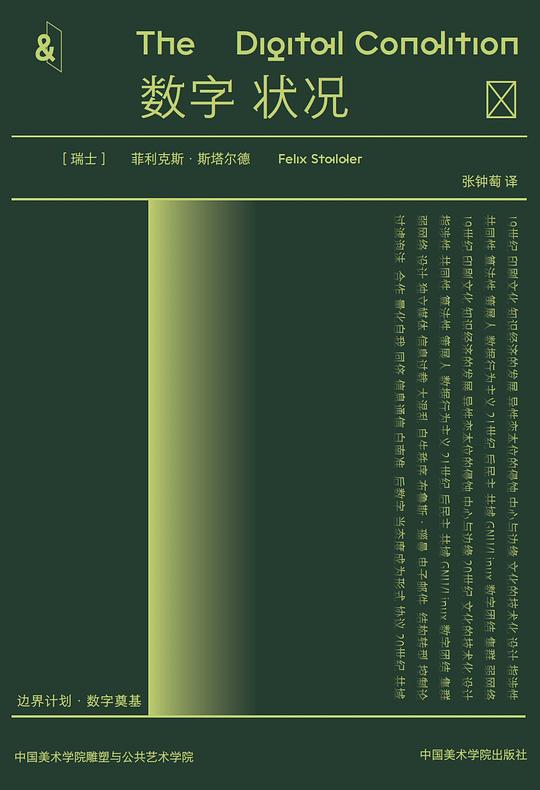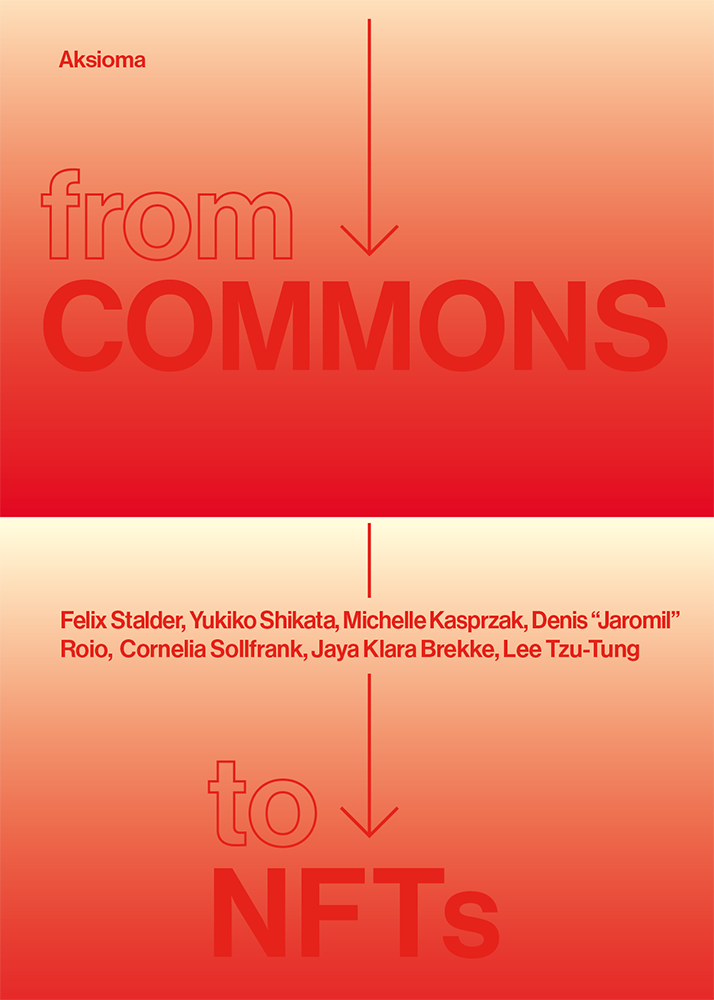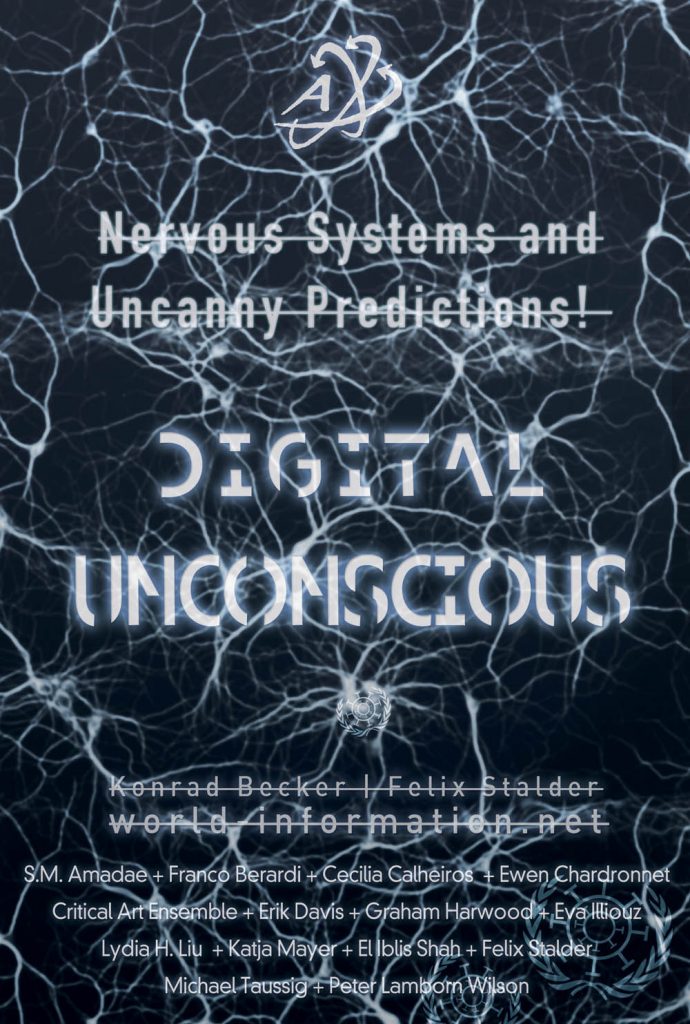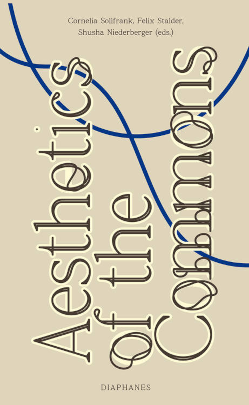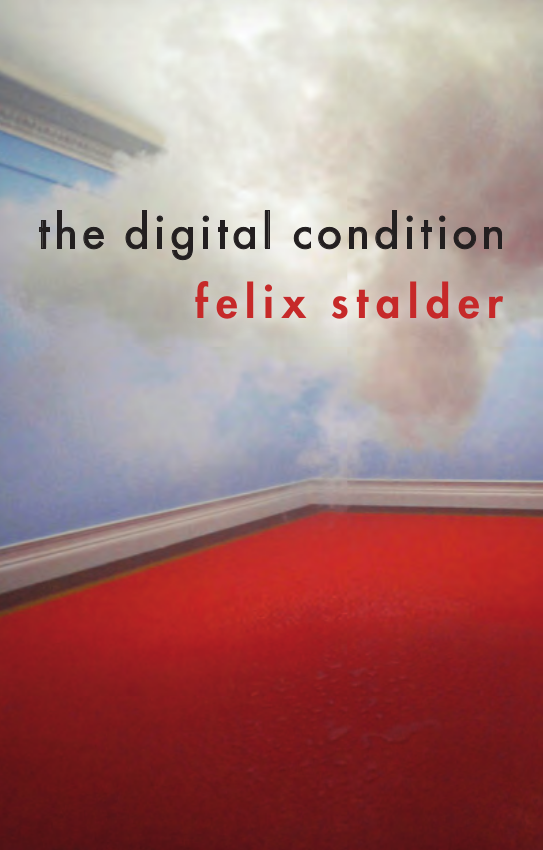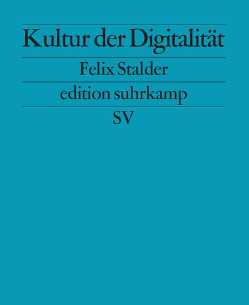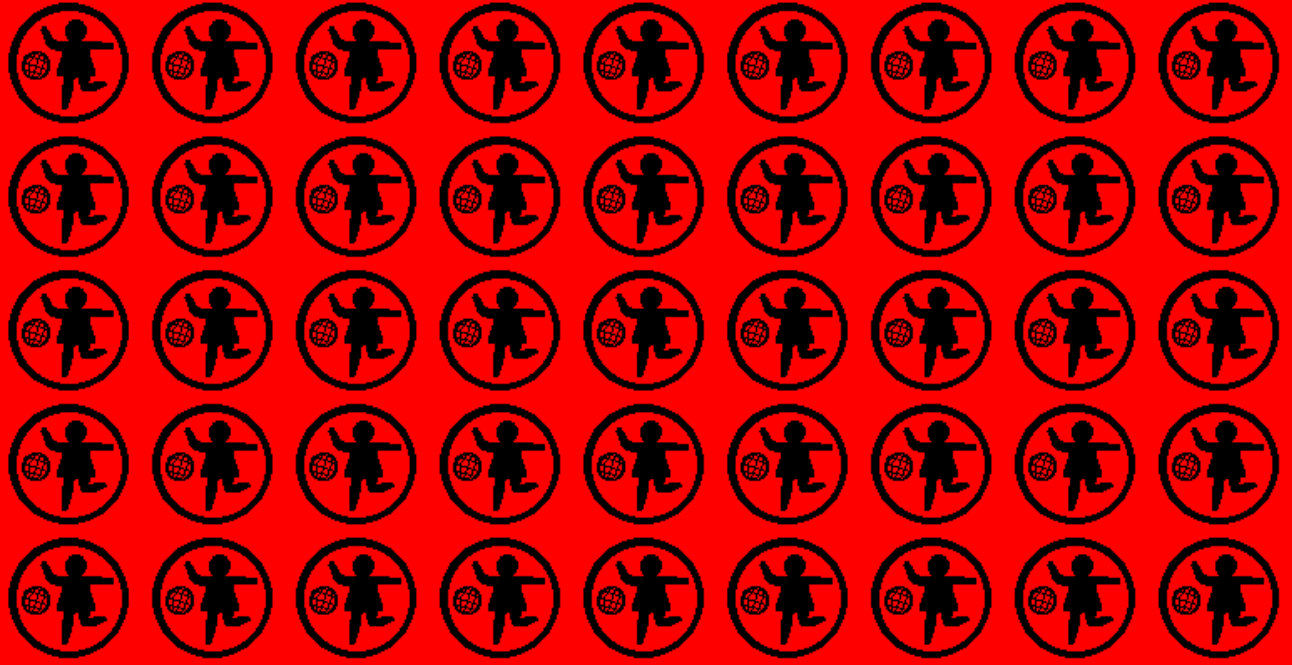
Immersive Arts and Practice: Lecture Series
March 2nd | Christian Iseli | 17:15- 18:30h
EXPANDED ILLUSIONS: CINEMATIC CONCEPTS OF IMMERSION
March 16th | Marcus Maeder 17:15- 18:30h
AMBIENT: FROM IMMERSION TO IMMANENCE
March 30th | Hannah Walter | 17:15- 18:30h
BECOMING WITH TECHNOLOGY. BECOMING CYBORG
April 13th | Felix Stalder | 17:15- 18:30h
IMMERSION AS ESCAPISM, CONTROL, OR CO-EXISTENCE
April 27th | Maike Thies | 17:15- 18:30h
ENTANGLED IN ARTIFICIAL WORLDS
IMMERSION AS ESCAPISM, CONTROL, OR CO-EXISTENCE
Felix Stalder, Department of Fine Arts, Digital Culture
Abstract
Immersion is not necessarily a technical issue, but rather can be seen as a type of relation to the world. This relation – quite distinct from the “critical distance” championed by enlightenment thinkers – can have three different qualities: escapism, control, or co-existence. Escapism allows one to immerse oneself in an experience that is fully self-contained and aims to have no consequences beyond it. The ride on a rollercoaster would be an example of such an immersion. Control goes two ways: Either immersion allows an actor to control his/her environment to a much higher degree than it would be possible outside the immersion, or, the actor becomes subject to an unprecedented degree of control by those setting the parameters of the environment. Both types of control can, of course, co-exist at the same time, as they do in racing simulators. The third quality of immersive relationship enables the expression of a deeper relationship with an environment, in which the actors exist within a world that is so large and complex that no ‘outside’ view is possible. It expresses a condition of partial, situated experience and action, allowing the experience of mediated immersion to stand for existential co-existence with multiple others itself. Many immersive installations in contemporary art, for example, by Ilja Kabakov or Christoph Büchel, aim to produce this kind of quality.
These different qualities are not mutually exclusive. How all three of them shape the overall quality of the work is a question of the intention driving the design of the immersive situation.






